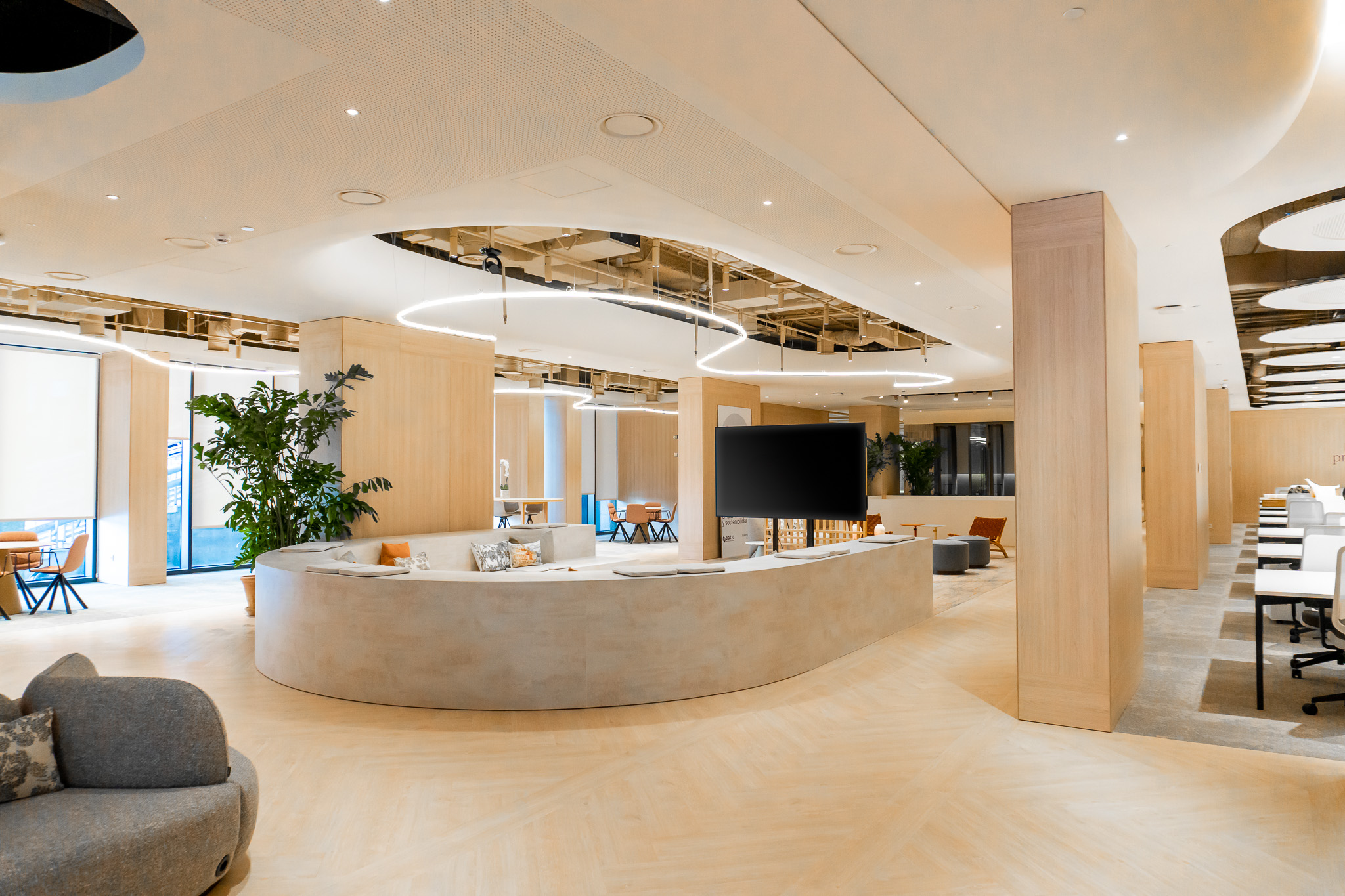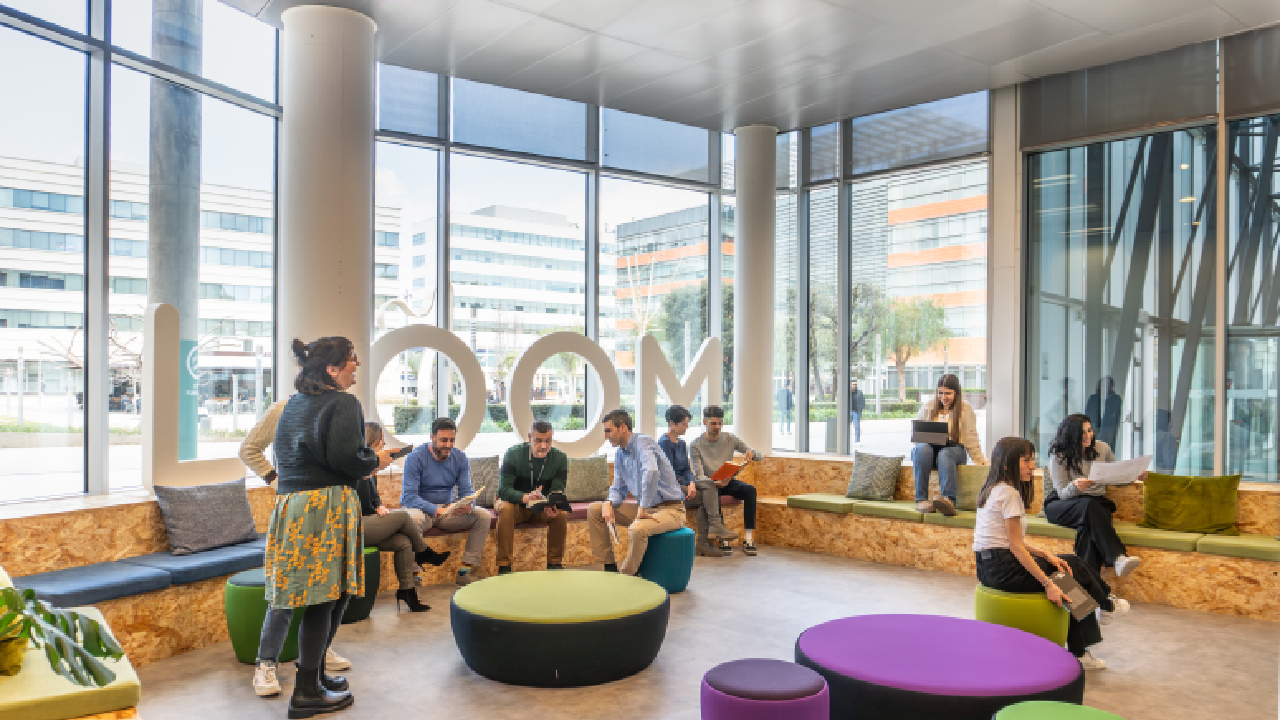Labor flexibility, “work from anywhere” and a quick response to market needs are the keys to liquid work, a work model that focuses on people. In this post we explain what liquid work is and why it is more fashionable now than ever.
But let’s start at the beginning, the concept of “the liquid” was coined by Polish sociologist Zygmunt Bauman in 2000, to define the current moment in history in which long-term relationships are becoming less and less common. Bauman spoke of liquid modernity, liquid society or liquid love, key concepts in a world eager for novelty in which everything is provisional.
Liquid reality consisted of a rupture with institutions and fixed structures and that each person has to create his or her own mold. Although Bauman did not speak specifically about work, the workplace is no exception. The market is becoming more and more demanding and we need more and more flexible structures that allow constant transformation: it is the era of liquid work.

The era of liquid labor
If liquid work were to be defined, it could be defined as a model that allows companies to have the talent they need at all times. Workers are no longer anchored to a single company, but move between departments, projects and even companies.
Young people no longer aspire to spend their whole lives in the same company, as was common in previous generations. In fact, in Spain the number of freelancers has increased by 40% in the last decade according to a study by Malt. It is also becoming more and more common to talk about trends such as the gig economy, i.e. sporadic jobs that have a short duration and in which the hired person is in charge of a specific task within a project.
Liquid work allows companies to find professionals with highly specialized profiles, in a very short period of time and anywhere in the world. Although in recent months we have already heard about this term, the reality is that it is not a brand new concept. Accenture was already talking about this trend in 2016.
The number of freelancers has increased by 40%.
According to a study on the Future of Work prepared by LinkedIn, 40% of Spaniards advocate a hybrid model that combines face-to-face and remote work. LinkedIn’s general manager for Spain and Portugal, Ángel Sáenz, says that a flexible work model “does not reduce workers’ productivity” and allows them to integrate professional and personal life.
Despite its advantages, this new model involves constantly working on new skills that allow you to survive in this new world and to be in constant training. And of course, it implies greater confidence in the teams that gain autonomy in organizing their work. It also implies a change in the mentality of companies, both in methodology and in the way of leading. A more centralized reality, new tools and adequate talent management are needed.
We have been working in the same way for decades and in just a few months everything has changed. Given the challenges and the advantages, it remains to be seen whether liquid work will continue to be an option in the coming years. For the time being, the market is demanding it and companies have to respond to that need.









